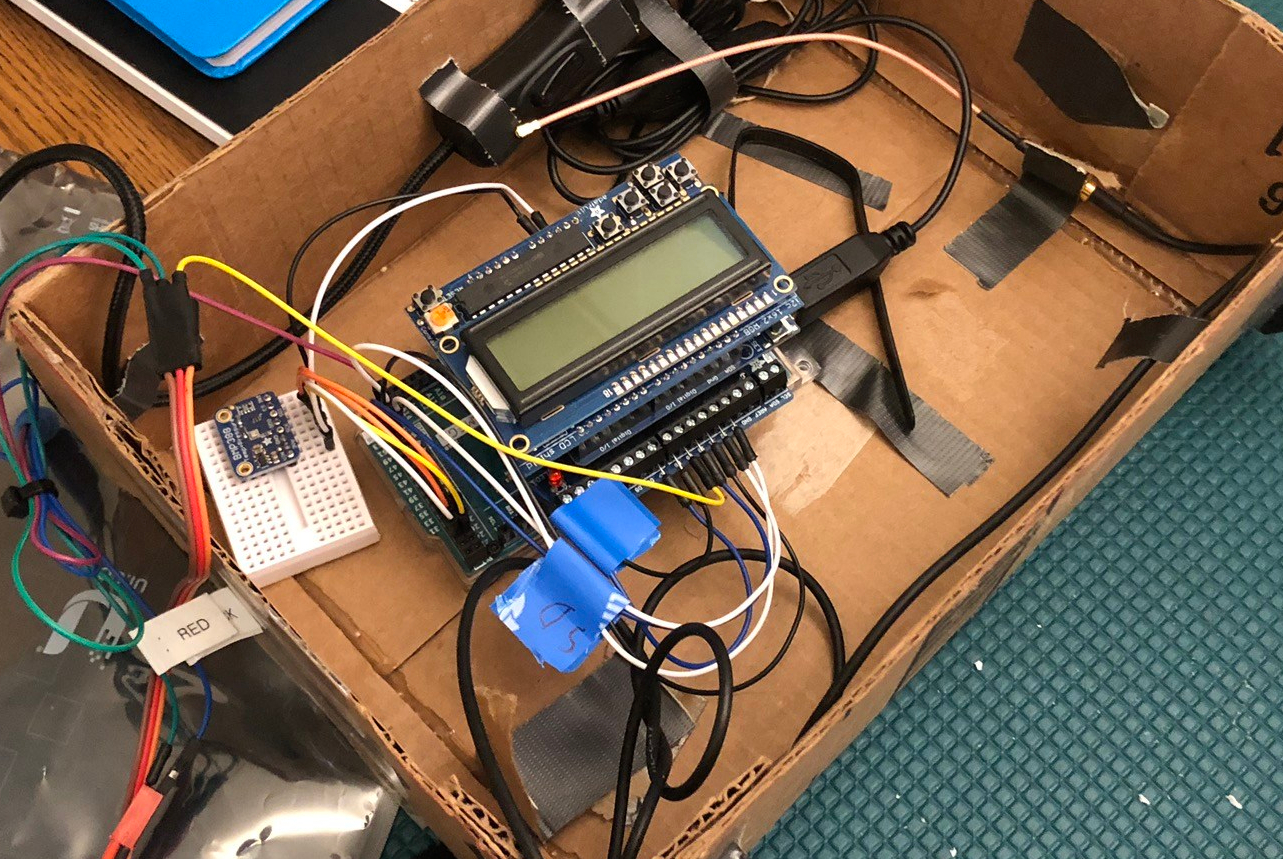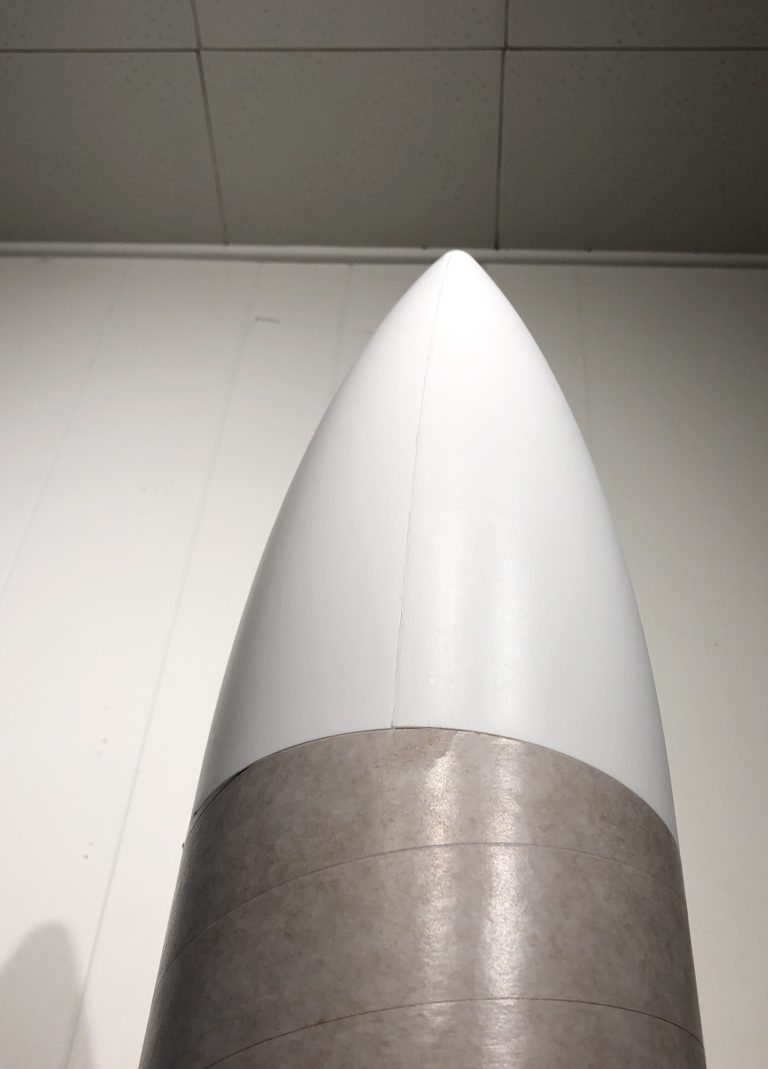Enclosure
With the goal of eliminating the faults that caused the failure during the Parachute System Control Computers (PSCC) last drop test, we kept two objectives in mind as we developed the second generation PSCC. The first of these goals was to improve the electronics and code of the PSCC-2, enhancing it’s reliability and accuracy. This goal was achieved, and we have performed ground and flight tests that have validated it.
The second goal, and the one we shifted our focus to, was protecting the PSCC-2 in the event of a crash. Previously, the electronics in the Parachute Test Payload (PTP) had minimum protection, as displayed in the below picture of the PSCC-1 in a simple payload. While the payload shown was never dropped, the use of tape and little else was a strategy that was mirrored in the PTP that was flown. The weakness in this attachment method was further exaggerated by the lack of impact protection on the components. While plates of foam board were used to prevent small objects from penetrating the electronics bay, these proved entirely insufficient, both due to their lack of strength and the absence of any separation between many of the PSCC-1 components.

When the PTP impacted the ground at high speed, these faults combined in devastating ways that resulted in the complete destruction of the PSCC-1, as shown in the below images. Upon impact, the main board of the PSCC-1 was forced upwards, crushing the data logger, GPS and LCD screens into each other and the foam board plate above. With no padding to reduce the force, all of the competent boards were damaged beyond repair.


Preventing this from recurring is now our priority, as the loss of the PSCC-1 was costly and the PSCC-2, which used more expensive components, and thus is more important to protect. Our first step was to isolate the many components of the PSCC, physically separating them from each other so that they would not collide during a crash. This goal was achieved by selecting components that were designed to be linked to the main board with wires, rather then being stacked on top of it, a choice that increased the footprint of the PSCC slightly, but was worth the enhanced security. These newly separated boards were then mounted on standoffs, a secure method of attachment that also provides vibration damping with the inclusion of o-rings.

Finally, the separated and mounted components of the PSCC were placed in metal enclosures that provided impact resistance far superior to that offered by foam board. All of these modifications resulted in a PSCC-2 that was well protected and prepared for a crash during testing.








